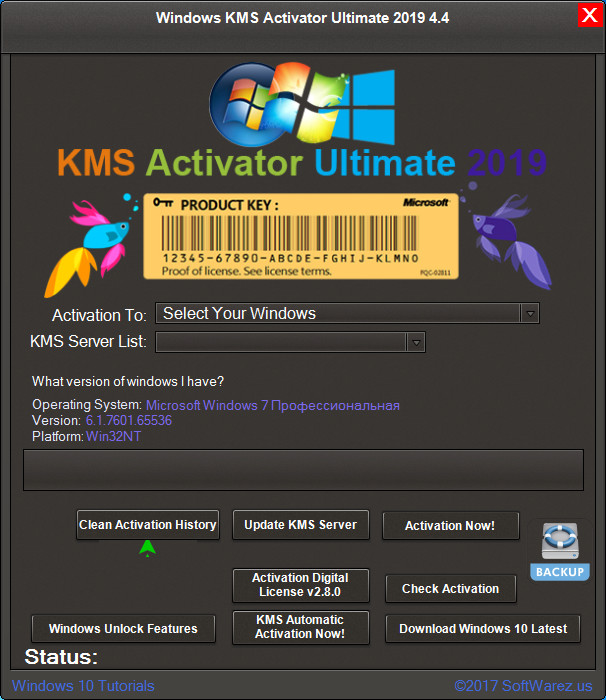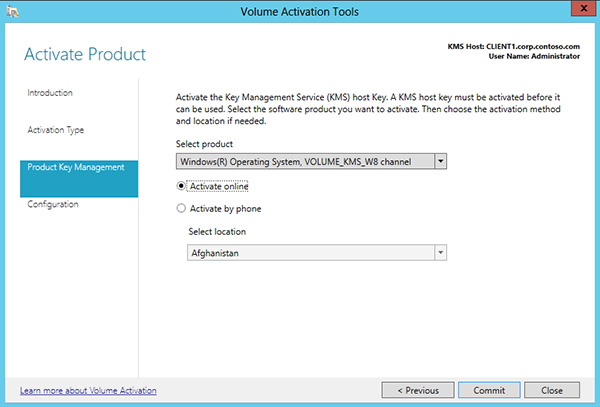

This entry was posted in Windows Server on Jby paularquette. KMS host is a special Windows Server role that can automate the activation of volume license Microsoft products (Windows and Office) and track their activation status.

This was done before July 2022 patches were applied.Īfter performing these tasks verify that the failed requests will now be processed by the KMS server. Launch Volume Activation on Server 2022 KMS Server and run through the process to install a new key, and just put the same key back in after you apply the current patches.

The error we were receiving on the client was: The client has sent an activation request to the key management service machine.Ġx80072AF9, 0x00000000, :1688, -, 4 19:42, 1, 1, 258969, -, 25 With the profile set, use this profile with AWS SDK/CLI/API.Leaving breadcrumbs to update this post. If you do not pass a name for the profile, it will default to default (and subsequently override this default profile). To configure a profile, you'll need to run: aws configure. Now, you must set a profile manually and use this profile for AWS SDK/CLI. Once you discontinue using the AWS-managed credentials, and re-run the above command ( cat ~/.aws/credentials), you will notice that the file is empty. Here is some info on how these temporary credentials are managed and how you can turn them off. Note: this is managed by AWS and cannot be modified/deleted.Ī get-around is turning off the AWS-managed temporary credentials. 1 ldoodle Members 1 posts OFFLINE Local time: 03:43 PM Posted 20 February 2022 - 04:20 PM Hi, We have a 2019 KMS Host and no matter how I try, VAMT doesnt like the CSVLK or GVLKs for. If you run cat ~/.aws/credentials you will see a profile already created for you, and this also lists the session token. For anyone who is getting this error when using AWS SDK on the Cloud9 editor, the problem could be due to the AWS-managed temporary credentials which might restrict what the identity (the AWS-managed temporary credentials which AWS sets for you) can do.


 0 kommentar(er)
0 kommentar(er)
